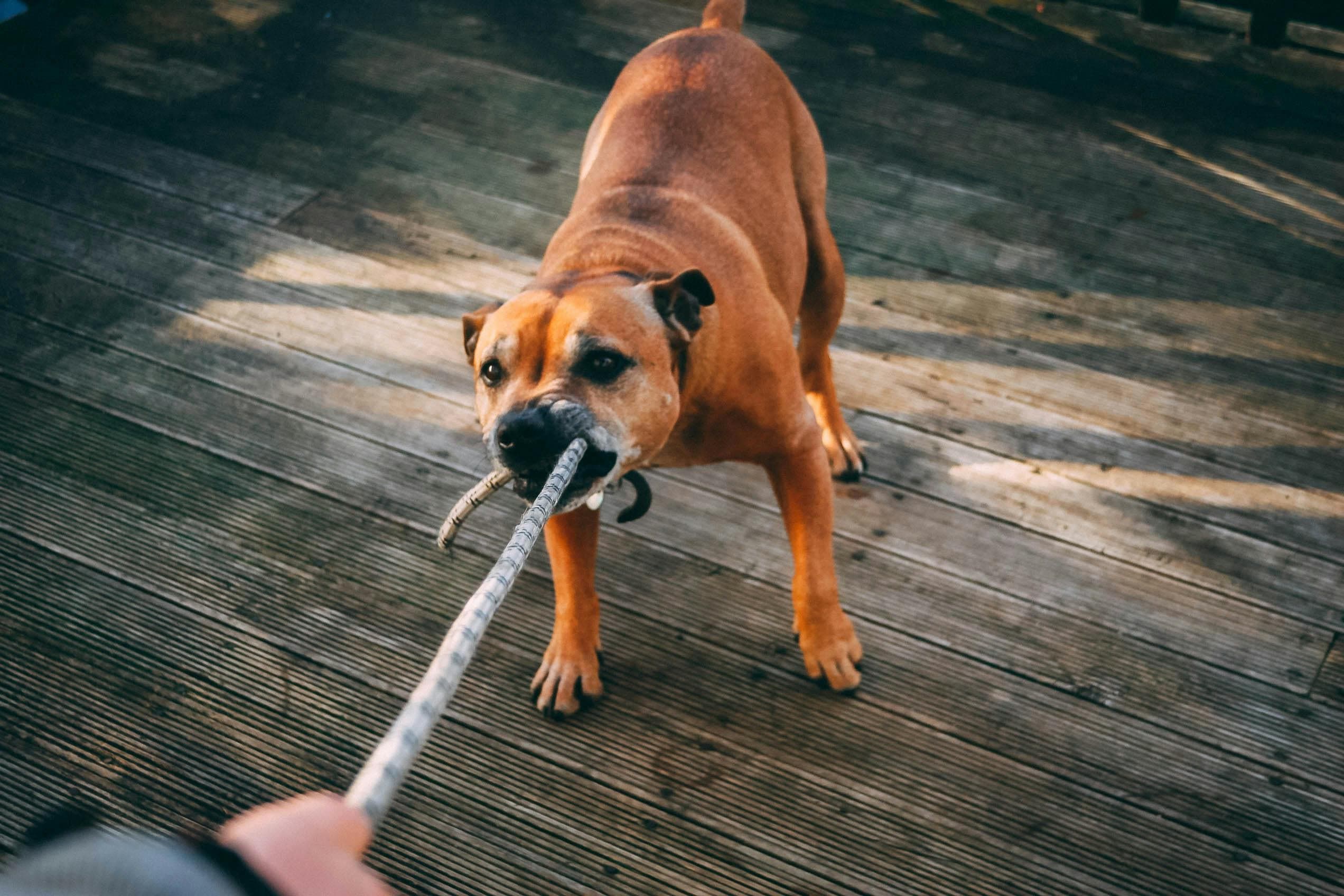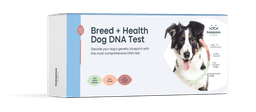Resource guarding, characterized by the dog acting extremely aggressively or protectively to protect their food, toys, or even their personal space, is a fairly frequent behavioral shift or concern in many dogs. Sometimes a dog might show signs of guarding from an early age but it is also not uncommon for them to start exhibiting such signs out of the blue. This behavior can provide difficulties for pet owners at times, but it can be successfully managed and controlled by anybody with the right knowledge of its causes and by using effective techniques.
What Is Resource Guarding?
It is a type of behavior when a dog senses that one of their valuable resources is in danger and they become aggressive or possessive. These resources can include food, toys, bones, resting places, or even nearby humans.
Signs of Resource Guarding in Dogs
Recognizing the signs of this behavior is crucial for early intervention and management. Common signs include:
Growling or snarling when approached near possessions
Stiff body posture and intense staring
Lunging or biting when someone attempts to take away an item
Tension around food bowls or toys
What Causes Resource Guarding in Dogs?
Several factors contribute to this behavior in dogs, some of which are:
Genetics
Some dogs may be genetically predisposed to guarding behaviors due to breed characteristics or ancestral roles where resource protection was essential for survival. It does not mean that this behavior cannot be trained out of them, only that they are more inclined to show such guarding traits.
History of Resource Scarcity
Dogs with a history of deprivation or competition for resources in early life may develop guarding tendencies as a survival strategy. This is basically their survival instinct kicking in so they will do whatever they can to hold on to their resources.
Stress
Environmental stressors such as changes in routine, new environments, or conflicts with other pets or humans can trigger resource guarding. Our dogs feel and react to stress in the same manner as us, so they either get depressed or start showing aggressive behavior such as resource guarding.
Inherent Value
Dogs perceive certain resources as highly valuable, especially items associated with food or security, leading to protective behaviors towards these things. Anyone who interferes with these things is considered a potential threat by the dog.
Added Value
Items that have been previously contested or competed for may acquire higher value and trigger guarding behavior. This can be a toy that has become a comfort object or a mat that the dog views as their personal space.
The Dog's Physical and Mental Needs
Unmet physical or emotional needs, including hunger, fear, or anxiety, can exacerbate such behaviors. According to PetMD, if a dog feels a lack of control and does not have a routine to follow, they might show aggressive resource guarding behavior.
Underlying Medical Issues
Pain or discomfort due to health problems can contribute to a dog's defensive response over their resources. If any dog starts showing unusual aggression, the first step should be to get them checked out by the vet to rule out any medical problems.
Actions of the Person or Other Animals
Previous experiences where possessions were forcibly taken away or threatened can instigate this behavior as a defensive mechanism. Like us, dogs also understand the concept of self-defense and if they feel threatened they might go to any lengths to defend themselves.
How To Stop Resource Guarding in Dogs
Addressing this behavior issue requires a tailored approach focusing on awareness, management, and positive behavior modification techniques:
Awareness
Understanding the triggers and body language associated with guarding behavior is essential for effective intervention.
Management Is Crucial
Prevent access to high-value items when this behavior is likely to occur to avoid confrontations.
More Relaxed Feeding Time
Implement calm feeding routines and use interactive toys or slow-feeders to promote a relaxed mealtime experience.
Create a New Emotional Response
Recondition the dog's response to approaching people or animals by associating positive experiences with their presence near resources. According to VCA Animal Hospitals,
“Preventative exercises are designed to be used before signs of aggression develop. Prevention relies on teaching your dog that an approaching person predicts something wonderful.”
Tips for Dealing With Resource Guarding in Dogs
Professional Guidance: Consult with a certified dog behaviorist or trainer experienced in such behavior issues.
Positive Reinforcement: Give high-value rewards or praise to encourage desirable behaviors like sharing or allowing item swaps.
Structured Training: Use obedience training to reinforce directives in non-aggressive situations, such as "drop it" or "leave it."
Conclusion
When training against resource guarding is done with patience, understanding, and persistence, it will be done with success. Pet owners may effectively provide a good and supportive atmosphere for their animals by addressing and resolving all the underlying concerns, such as fear, anxiety, or lack of training, that lead to this behavior. Through the application of positive reinforcement strategies and tactics, such as reward-based training and consistency in interactions, pet owners may cultivate a feeling of security and confidence in their companions. In the end, developing a harmonious relationship between pet parents and their animals calls for tolerance, comprehension, and a dedication to using constructive techniques to treat the underlying reasons of behavioral issues.
Frequently Asked Questions
What should I do when my dog exhibits food aggression against other dogs?
It's crucial to feed your dog away from other dogs if they exhibit food aggression. As a pet parent you must make sure that everyone stays safe at all times.
How to stop food aggression in dogs?
Food aggression in dogs is serious and owners must try to progressively work on desensitization training under the supervision of a behaviorist qualified in dog resource guarding.



